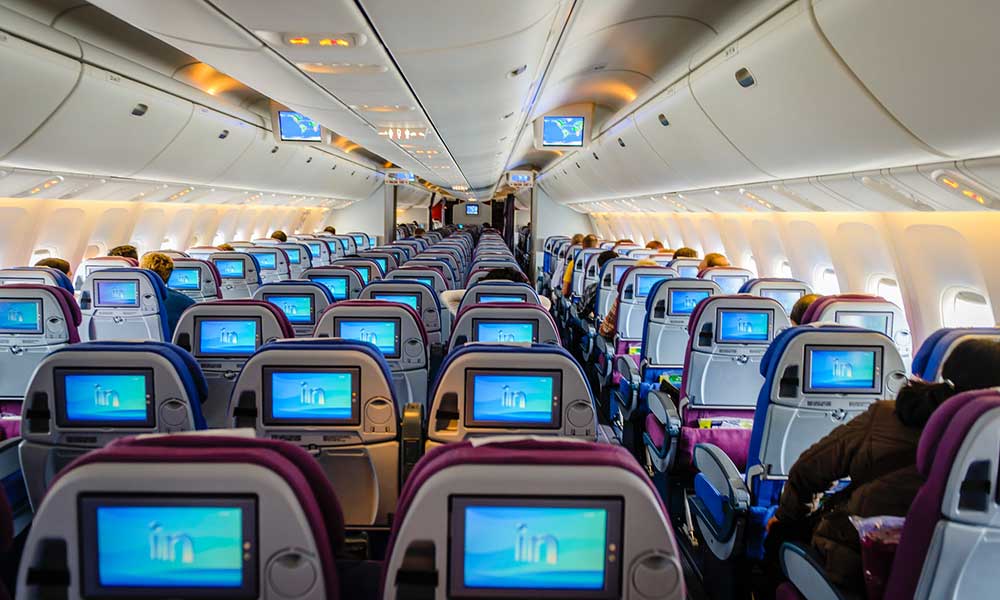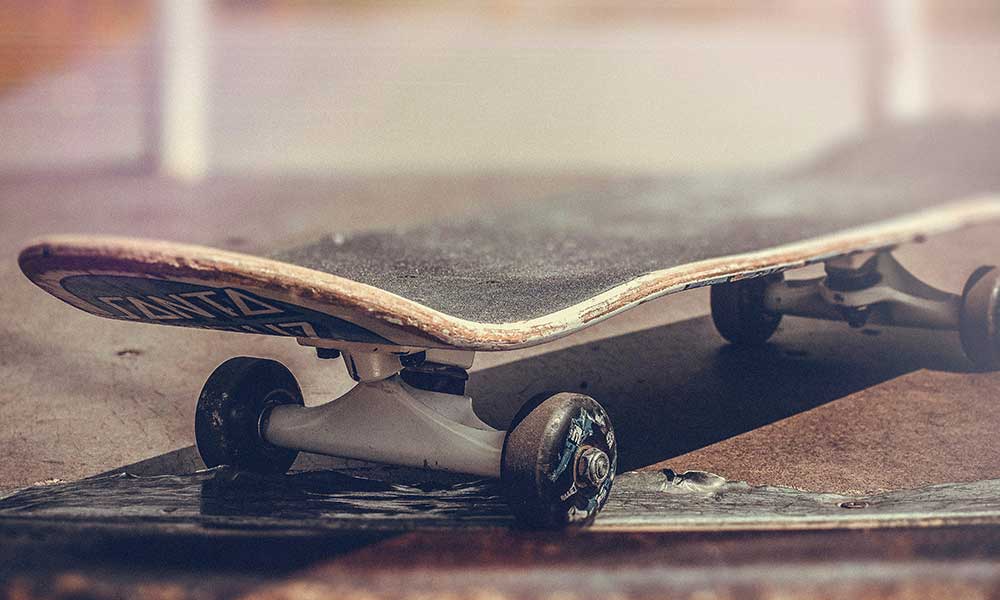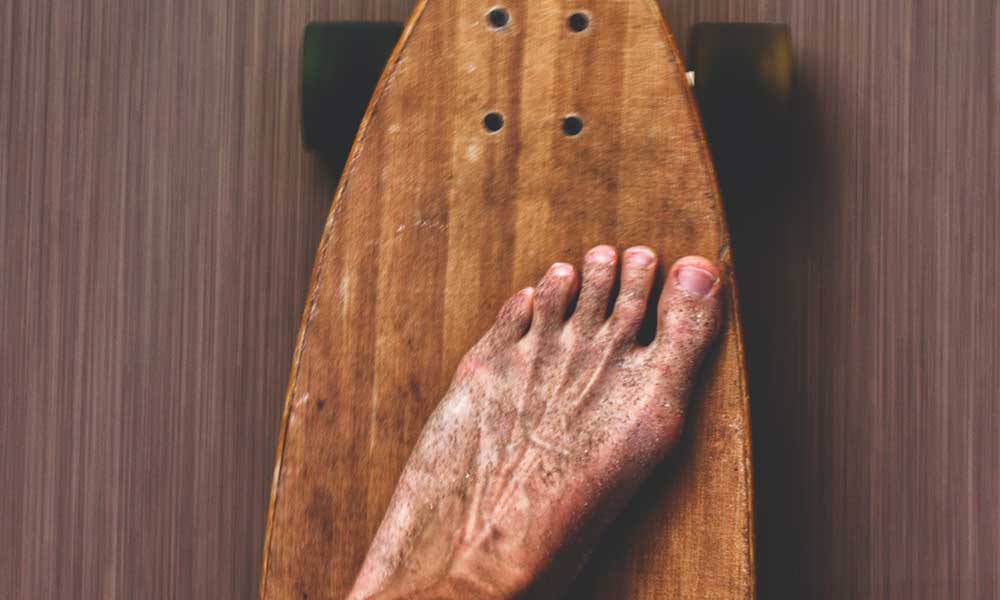Professional skateboarders travel all of the time, so it should go without saying that they take their skateboards with them.
But while it is possible to travel on a plane with a skateboard, there are some exceptions, and you’ll need to pay close attention to these if you want to take a skateboard on an airplane.
You can see Tony Hawk’s exchange with a fellow passenger about his skateboard here.
Can You Take a Skateboard on an Airplane?
The simple answer is “yes”, but it’s not quite that easy.
Generally, you shouldn’t have an issue if you are travel domestically but if you’re hopping on an international flight, you may notice some issues.
It also comes down to the airline, as they all have different rules.
The first thing you should do is contact the airline and make sure that you can take your skateboard with you.
They should tell you if you can or can’t take your skateboard with you, if it can go in the overhead bin, if it needs to be checked luggage, and what the costs and rules are.
What airlines allow skateboards?
If you have ever actually contacted an airline to ask a specific question, you’ll know that straightforward answers aren’t easy to come by.
They are often given a script to follow and will more likely tell you about general rules that may only serve to confuse the matter.
With that in mind, let’s look at what these airline-specific rules are and how they might pertain to skateboarders traveling across the United States and to international destinations.
Pay careful attention to which airlines will allow to bring your skateboard as carry-on hand luggage and which airlines prefer you to check your skateboard.
- Alaska Airlines: You are allowed to check your board and take it as carry-on luggage. It will be treated just like any other baggage, so skateboards are allowed if they meet the weight and size requirements.
- American Airlines: You are allowed to take one skateboard, providing it is not over 50 pounds or 62 inches. You will be charged a baggage fee and excess baggage fees may also apply.
- Delta Airlines: Delta will allow skateboards that meet standard baggage requirements. Boards can be checked or taken as carry-on items.
- JetBlue: Make sure that your skateboard meets the size and weight requirements, and it can be taken as carry-on baggage or checked baggage.
- Southwest Airlines: You can take your board with you providing it meets the airline’s standard baggage requirements. If the board fits under the seat, it doesn’t even need to go in the overhead bin.
- Spirit Airlines: Pack your skateboard carefully because it needs to be checked in and cannot be placed in the overhead bin.
- United Airlines: You can check skateboards with United Airlines provided they don’t have any motors attached. Electric-powered boards are not allowed.
Can I take a skateboard as carry-on?
You should always check with your airline, but generally, skateboards can be taken as carry-on luggage and then stored in the overhead space.
This is actually the best way to transport your skateboard, assuming your airline will allow it.
If you check your skateboard, you’re leaving it to the mercy of the baggage handlers, and while damages are rare, they do occur and the process of getting compensation is neither quick nor easy.
Any time you have anything that you can’t afford to lose, it’s best to include them in your carry-on items, skateboards included.
How Do You Carry a Skateboard an a Plane?
Look for a high-quality bag, make sure it’s padded and provides a snug fit, and wrap your board to protect it.
You should also include other important items in the bag, including any spare parts or skating equipment that you’ll need when you land.
Check the luggage policies and security policies to ensure you’re not caught short and don’t find yourself in a tricky spot as you’re boarding the plane or dealing with TSA agents.
What is Not Allowed on an Airplane as Checked Baggage?
The rules for checked baggage are a little more relaxed, but they still apply.
Where skateboarders are concerned, the main considerations are that the board should be manually powered and shouldn’t contain any motors or compartments that may threaten the safety of the plane and its passengers.
The weight and size will also need to be considered, with many insisting that the board can’t be over 50 pounds and with all airlines creating rules regarding the size of hand luggage and checked luggage.
Air travel is easier and cheaper than ever, but airlines are also pretty strict when it comes to certain materials and practices, and so it helps to check these things in advance.







